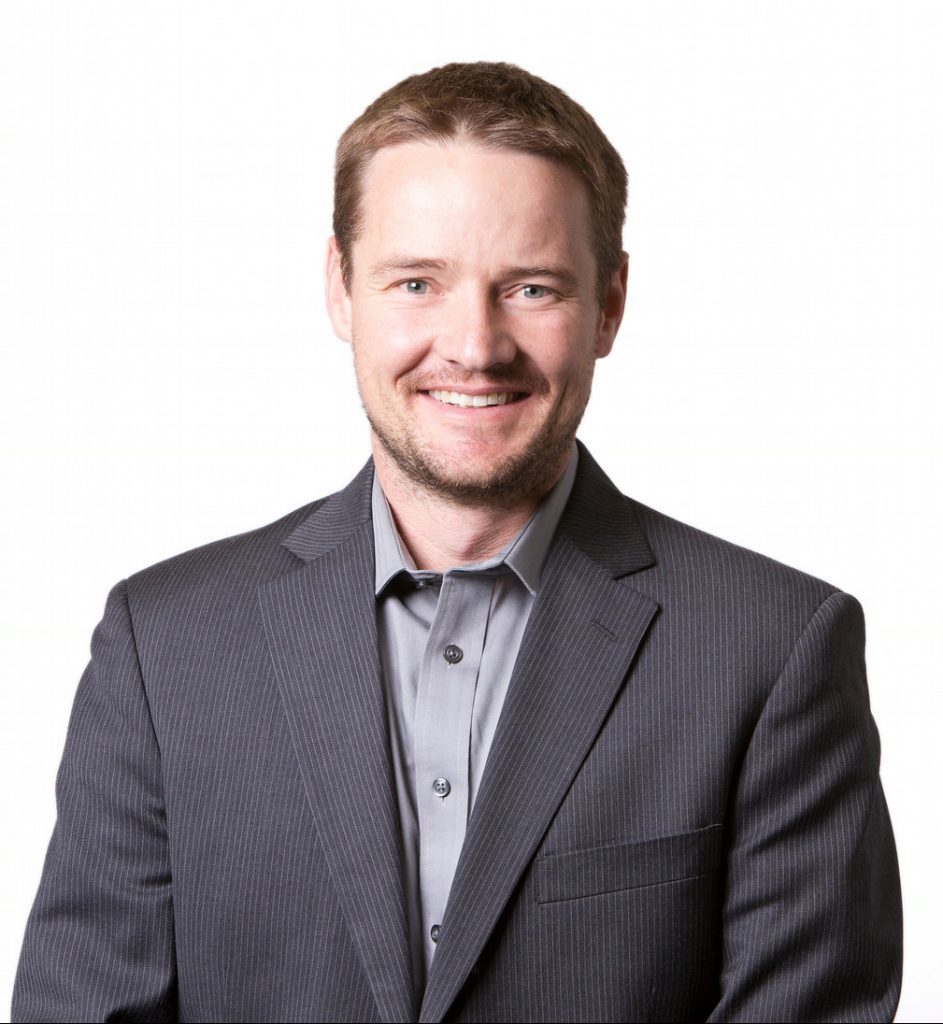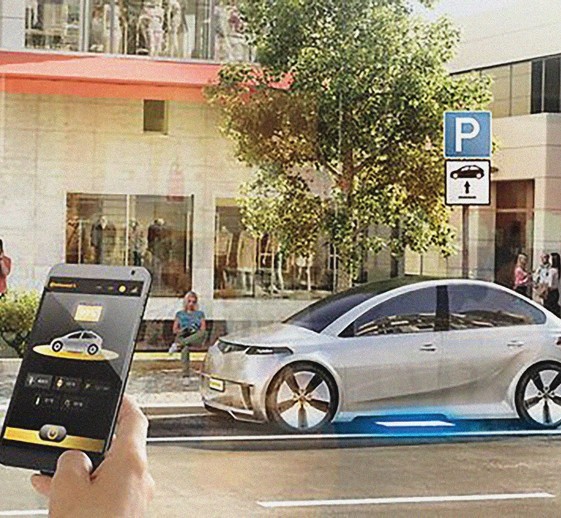
Jason Quinn knows his stuff when it comes to modeling the performance and sustainability of emerging technologies like biofuels, electric transportation and nuclear power systems.
The doorbell rings often.
The National Science Foundation and Utah State University came calling this month as part of a 10-year, $50.4 million NSF Engineering Research Center for advancing sustainable, electrified transportation.
The work, however, isn’t new: Quinn, an associate professor, has been working with the project leads at Utah State for seven years.
Electric vehicles play an important role in transforming the future of transportation, yet challenges remain to achieve sustainable and widespread adoption, according to the NSF announcement. Charging technology that is built into roadways and parking facilities in particular are among the challenges to broader electrification of all vehicles, including passenger cars and long-haul, heavy-duty trucks.

“This ERC will result in significant connections to industry, additional research funding, involvement of additional CSU researchers and support the current establishment of CSU as a transportation research leader,” said Quinn, who holds the Rockwell-Anderson Professorship in Mechanical Engineering in the Walter Scott, Jr. College of Engineering.
Quinn has the distinction of being the “go-to” expert in his field for proving that systems deliver on long-term economic and operational success while concurrently supporting the reduction of greenhouse gases. Since he joined CSU as an assistant professor, he has participated in 28 grants totaling more than $60M of research with his contribution focused on understanding technology performance and areas for targeted research and development to support meeting economic and environmental targets.

Quinn and his graduate student, Noah Horesh, will lead CSU’s piece of the project. Quinn, also on the faculty at CSU’s Energy Institute, expects additional CSU faculty to participate in the project from Systems Engineering, Electrical & Computer Engineering, and Mechanical Engineering.
“Our work over the short term is focused on understanding the opportunities in transportation that meet sustainability goals,” Quinn said. “Results from the work will identify the short- and long-term targets of the center based on economic viability and environmental impact.”
The Utah State center is aptly named ASPIRE – Advancing Sustainability through Powered Infrastructure for Roadway Electrification. Partners include Purdue University, CU-Boulder and CU-Colorado Springs, the University of Texas at El Paso and the University of Auckland, New Zealand, among others.